Art space in the middle of the fields
Amidst the hustle and bustle of urban life, more and more young people choose to "go against the flow" - leaving the city to return to nature, seeking a slower and more meaningful pace of life.
This trend is also consistent with the orientation of the Rural Tourism Development Program in the construction of new rural areas in the 2021-2025 period according to Decision 922/QD-TTg dated August 2, 2022 of the Prime Minister, aiming to promote rural potential, spread indigenous cultural values and create sustainable livelihoods for people.

Homestay in the middle of rice fields of a 9X couple (Photo: Character provided).
In Lao Cai , the journey of the young couple Pham Thi Thuy Giang (born 1997) and Nguyen Tuan Anh (born 1994) is a vivid demonstration of that direction, when they turned an abandoned house in the middle of the village into a living space and an art tourist destination with a highland atmosphere.
The couple, both from Lao Cai, share a love for nature and art. They rented a piece of land of nearly 800 square meters in Ta Van commune to build a rustic home close to nature.
They renovated the house themselves, from repairing, planting to decorating, only hiring workers for heavy items. The homestay is completed with a rustic yet sophisticated look: wooden steps, small huts overlooking the rice fields, every corner can become an ideal check-in spot.
“We want to keep the simple, hometown spirit,” Ms. Giang shared.
Tourism with the mark of indigenous people
Currently, Ms. Giang and her husband's homestay welcomes about 150-200 guests/month during peak season. In addition to accommodation, visitors can also participate in landscape painting workshops, beeswax painting or learn to weave brocade with the locals.
“There are people who have never held a brush before, but when sitting in the middle of the terraced fields, they find inspiration very naturally. They say they can “slow down” and connect more with people and nature,” Ms. Giang said.

Foreign tourists enjoy the experience of painting in the poetic space of rice fields (Photo: Facebook character).
This accommodation space prioritizes natural materials such as wood and bamboo, limiting plastic and concrete. Decorations are recycled from old materials: picture frames made from discarded wood, chairs from tree trunks, flower vases from baskets, even old plows become artistic highlights.
In particular, Ms. Giang invites local people to participate in guiding, telling cultural stories, leading field tours, and picking rice, helping them earn more income and connect with tourists.
“Green tourism is not only about being environmentally friendly but also about respecting and sharing with the community,” she said.
At the same time, Ms. Giang also opened a small art corner to display paintings by guests and introduce ethnic cultural products such as embroidered fabrics, weaving frames, bronze trays, etc., contributing to promoting traditional craft villages, in the spirit of encouraging tourism development associated with culture - agriculture - craft villages as proposed by Program 922.
“Going back to the countryside is not to escape the city but to find the true value of life,” Ms. Giang said.
Rural tourism - sustainable development direction of Lao Cai
According to the Lao Cai Department of Tourism, rural tourism and community tourism have developed strongly in recent times, especially in the old Sa Pa, Bac Ha, Bat Xat and Bao Yen areas (now arranged into new commune-level administrative units).
The province currently has hundreds of homestay establishments, many of which are recognized by the ASEAN Tourism Association as meeting ASEAN homestay standards.
The province is also expanding community tourism models associated with agriculture, typically Tay, Mong, Dao ethnic tourism... These models help people increase their income from accommodation, guidance, and performing arts, while preserving cultural identity, in the spirit of building new rural areas associated with green tourism and community tourism.
At the same time, Lao Cai focuses on developing green products such as agricultural products, brocade, weaving, etc. From the end of 2024, the province aims to have 6 community tourism models meeting ASEAN standards and 11 models meeting Vietnam standards in the 2025-2030 period, while expanding eco-tourism and adventure sports at places such as Ngu Chi Son, Dragon Waterfall, Ong Waterfall, etc.

The simplicity of highland villages is increasingly popular with domestic and foreign tourists (Photo: Facebook character).
Models like Giang and her husband show that the youth are contributing to renewing the face of rural tourism in Vietnam. Not only creating livelihoods, they also arouse local pride, turning their homeland into a place worth living and exploring.
This is also a direction to concretize the Resolution on developing rural tourism associated with building new rural areas, contributing to realizing the dual goal: Developing rural economy - preserving culture - protecting the environment.
Old houses, fields, and village roads have now become cultural and tourist spaces, where visitors can experience authentic local life, and local people have more sustainable livelihoods.
Rural tourism not only changes the appearance of the countryside, but also affirms that when people know how to preserve and create from traditional values, the Vietnamese countryside can become an attractive destination for domestic and foreign tourists.
Source: https://dantri.com.vn/du-lich/cap-doi-9x-nuoi-giac-mo-phat-trien-du-lich-nong-thon-ben-vung-o-lao-cai-20251107144704396.htm





![[Photo] Da Nang: Hundreds of people join hands to clean up a vital tourist route after storm No. 13](https://vphoto.vietnam.vn/thumb/1200x675/vietnam/resource/IMAGE/2025/11/07/1762491638903_image-3-1353-jpg.webp)


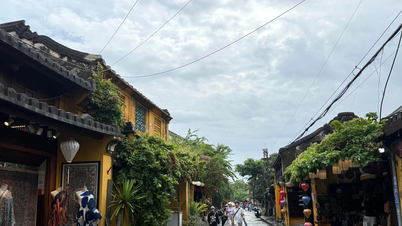



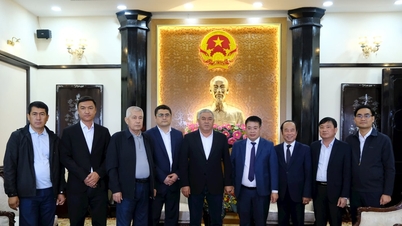

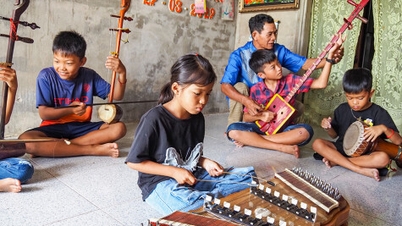










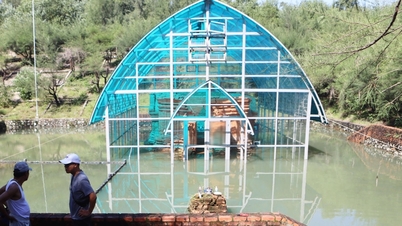





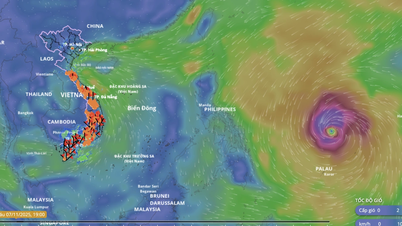

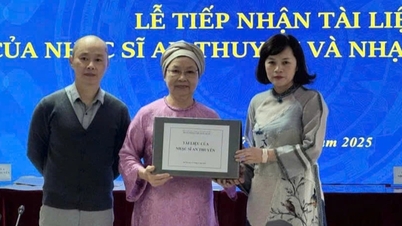










































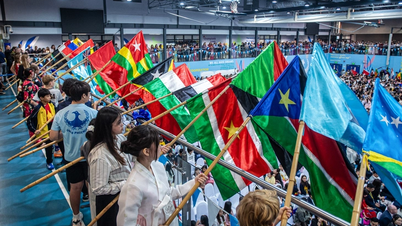





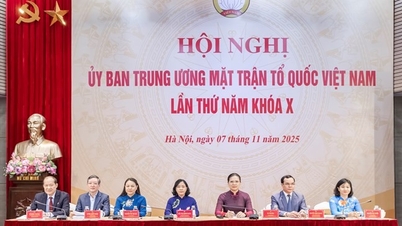
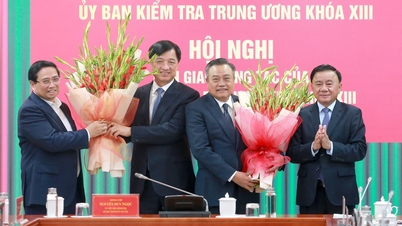


























Comment (0)